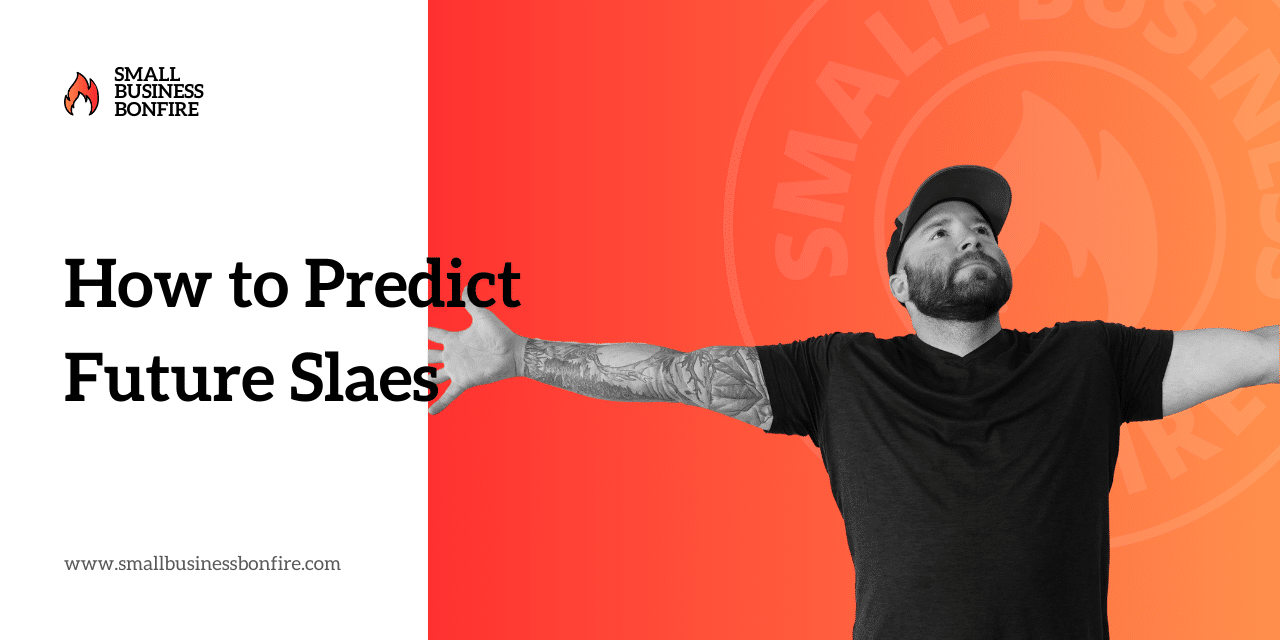Embrace Ambivalence When Making Big Career Decisions

Table of Contents
The pandemic, economic uncertainty, and new layoffs have brought lots of people to vocation — and thus, identification — inflection factors: life’s “what now?” or “fork-in-the-road” times when people have to come to a decision where by to go, what to do future, and who to come to be.
Vocation inflection details are times of likely modify and changeover that often evoke feelings of ambivalence: the simultaneous practical experience of favourable and damaging thoughts about one thing. Inflection points bring personal and qualified “selves” to the fore, surfacing tensions in between these selves and conflicting goals, which expanding scholarship shows maximize our ambivalence.
Though ambivalence might be fairly not comfortable, usually provoking emotions of remaining torn, conflicted, and mixed, it can actually be fantastic for final decision making, significantly when troubles are sophisticated. Experiments have revealed that ambivalence can raise creativity, advice searching for, and career lookup pursuits, and may perhaps even reduce determination towards unsuccessful classes of motion.
The reports we have executed on professions, identification, and ambivalence, alongside with the perform of other scholars, have led us to conclude that you can harness ambivalence at vocation inflection details to craft a extra genuine and satisfying vocation. Here, we’ll explore the consequences of ambivalence — and how to use yours to your edge.
Why You Come to feel Torn
Occupation inflection details, no matter if prompted by sudden, external triggers (e.g., marketing possibility or career loss) or creeping stressors that get to a tipping place are prospects to reevaluate profession selections. But more than that, they are chances to reevaluate ourselves. We get to question thoughts like: What do I worth, and what do I prioritize? Who am I now, and who do I want to be?
The process of answering these concerns forces folks to grapple with their personal “identity complexity,” or the a number of, valued self-definitions or identities that stem from holding many social and do the job roles, belonging to a variety of social groups, and having more than a several unique particular characteristics and passions. Though study on id complexity and ambivalence is only a short while ago rising, this evidence suggests that id complexity can cultivate ambivalence simply because each “version of ourselves” may possibly have exceptional aims that conflict with a single a different — so eliciting ambivalent feelings. The system of exploring our complicated identities can be fascinating, but the conflicting thoughts it yields can also lead to nervousness.
Controlling the Soreness of Ambivalence
For lots of, ambivalence is awkward for the reason that it violates our want for consistency. Individuals sometimes react to this uneasiness in suboptimal approaches. To keep away from or lower the soreness as quickly as feasible, they may well make an impulsive choice centered on incomplete or oversimplified info, or they may well steer clear of building a choice altogether for as extensive as they can.
Look at Rachel, who landed a coveted job at an elite consulting agency but discovered herself significantly unhappy traveling week immediately after 7 days. Eventually, she commenced to inquire herself: Do I want to maintain heading like this? She regarded what she liked about her position: her intelligent and generous colleagues, possibilities for mental improvement, and respect from other people in the job — all gains that sustained her function self and served her obtain her professional aims. Then she regarded as what she disliked about her present circumstance: the inner thoughts of loneliness and transience that came from touring so normally, getting her routine determined by airports and weather, becoming bodily distant from her canine, and constantly ingesting out — all expenses that drained her non-work self and detracted from her individual aims.
When this rigidity arrived to a head — usually in the times she used delayed on the runway —she felt confused and unsure, so she tried using her greatest to disregard the latent conflict and just ignore about it. Even so, when her manager finally asked her to implement for a promotion, she observed herself inquiring for “just a bit far more time to consider about it” week following week. Right after months of procrastination, she finished up leaving the agency.
The hazard of this solution to handling ambivalence is that conclusion delays can drag on for what can seem to be like (or in fact be) months, robbing us of a perception of engagement in the present minute and even fulfillment with existence. These ambivalence-avoidant actions can also lead men and women to limit and sacrifice crucial facets of their identification.
Doing the job With Alternatively of Against Your Ambivalence
But the ambivalence that comes to a head in inflection points is not essentially dysfunctional.
Exploration from one of us (Brianna) has tracked the favourable, long-term repercussions of embracing one’s complexity to enact reliable, nontraditional vocation paths. And investigation from a further a person of us (Naomi) helps us realize the motives why leaning into ambivalence may well guide to self-insight and authenticity. In one examine, she observed that those who usually practical experience mixed emotions and conflicting feelings report owning a lessened perception of perceived control in daily life, but they also report larger amounts of open mindedness, curiosity, and standpoint taking. Her exploration also demonstrates that ambivalence is linked with increased in search of of and receptivity to different views and lowered defensiveness to suggestions from others, which qualified prospects to enhanced judgment accuracy. Other scholars have also proven that combined feelings are associated to heightened creativity because they warn persons to the complexities of their predicaments.
Understanding to embrace ambivalence may possibly open up your intellect about diverse job selections, and around time, you might even be able to see this uneasiness as a marker of development towards a more authentic way of dwelling and working.
How to Use Ambivalence to Navigate Profession Inflection Factors
So, what’s the “trick?” How do you get gain of the positive aspects of ambivalence relatively than allowing it guide you astray? The ways under can help you harness ambivalence as a software to make self-perception and acknowledge your inherent multifaceted nature, which can then gas creative dilemma solving and steer you absent from black-and-white imagining. They can enable you integrate seemingly incompatible or competing identities and targets so you can productively enact your true — and entire — self above time.
Stage 1: Acquire time to replicate.
Method ambivalence with curiosity and pause to detect what you are feeling. Due to the fact ambivalence can experience uncomfortable, you may well generalize this distress to your whole circumstance, deciphering it as a signal that a thing has gone wrong or that you’re a inadequate final decision maker. But in reality, it may possibly be a beacon guiding you toward a much more exceptional future.
Feelings give you information about on your own feeling various emotions at the same time can be a indication that there are numerous identities you benefit and that there’s a hazard that one thing vital to you could be misplaced. Allow for your self to get edge of the “pause” ambivalence obviously results in and approach the advanced thoughts with curiosity — not judgment — to identify what you feel and why.
For example, you could possibly inquire oneself a sequence of concerns or jot down some notes. Are you emotion thrilled about altering roles but anxious about the volume of training needed? Are you feeling sad about leaving your present-day workforce, but also very pleased that your tricky operate has acquired you a advertising? Are you humiliated that your pitch fell flat, but also relieved you really don’t have to function with problematic clientele? Think of this as developing a skill or even discovering a new language analysis displays that the a lot more you use specific language to describe your thoughts (known as “emotional granularity”), the stronger your emotional regulation techniques can become. Differentiation delivers you with a much better knowing of the result in of the emotion and as a result can facilitate contextually delicate psychological regulation.
Moreover, share your ambivalence with other folks who are supportive, cooperative, and “on your facet,” as executing so helps you occur up with even far better, extra integrative, and revolutionary alternatives to intricate complications — alongside one another.
Move 2: Give your self time.
Our modern exploration has discovered that the advantages of ambivalence go away when there is stress (inside or external) to attain a summary speedily. If you can, give yourself a deadline that is not in the immediate future and enables you to devote time and strength to listening to your thoughts and contemplating your alternatives. We believe that accomplishing this assists you harness, fairly than suppress, the details you are gleaning from your ambivalence to make a additional educated final decision.
A participant in just one of our current studies demonstrated what this looks like in apply. She shared that she was a properly trained social worker operating in the nonprofit industry (a skilled intention) but was not capable to shell out off her college student personal debt (a particular target). She felt like these goals were being in conflict and was ambivalent about her predicament. She at first felt stuck, not sure of how to resolve this tension. On her very own timeline — in advance of she felt strain to come to a decision her next methods — she started off executing informational interviews in a wide variety of different sectors, which include in company options. The facts she gained broadened her intellect about the selections and avenues available to her, and she recognized that she could do her operate in just a company context — and hence also be able to fork out off her scholar debt (an integrative end result). In other terms, by inquiring into the rigidity she felt and talking to many others, she found a way to “do both.”
Move 3: Remind by yourself that nothing is eternally.
It’s critical to keep in mind that a one job decision does not have to be long-lasting instead, feel about this as a final decision “for now.” The natural beauty of most occupation selections is that they’re usually reversible, or at the very least recoverable, and there will constantly be another determination to be manufactured down the line.
A person simple way to get into this body of thoughts is by connecting with people who are extra sophisticated in their professions or even retired. They have the wisdom of hindsight and can help you strategy your job with far more overall flexibility, with the knowledge that a single choice will not outline you endlessly. In point, rising research on generational dissimilarities in the workforce indicates that age range improves selection producing on teams.
. . .
Profession inflection details are markers of our complexity, nevertheless the globe has mostly conditioned us to assume of complexity — both of those in terms of id and our thoughts — in a detrimental light. We believe it indicates we’re fragmented, do not have our priorities straight, and can’t make up our minds. This can direct some of us to make job selections that lower or prevent the experience of ambivalence. But analysis suggests that ambivalence can actually be very functional, primarily if we just take a more time-assortment standpoint on it. Generating choices that are knowledgeable by our combined feelings can assist us make additional satisfying, genuine careers it allows us to make selections that combine our quite a few (in some cases seemingly competing) aims and identities alternatively than forcing us to choose between them. Basically put, when people today acknowledge that profession ambivalence is a simple fact of daily life, they can start off to check out, and use, their combined feelings as possibilities to flourish rather than flounder.







